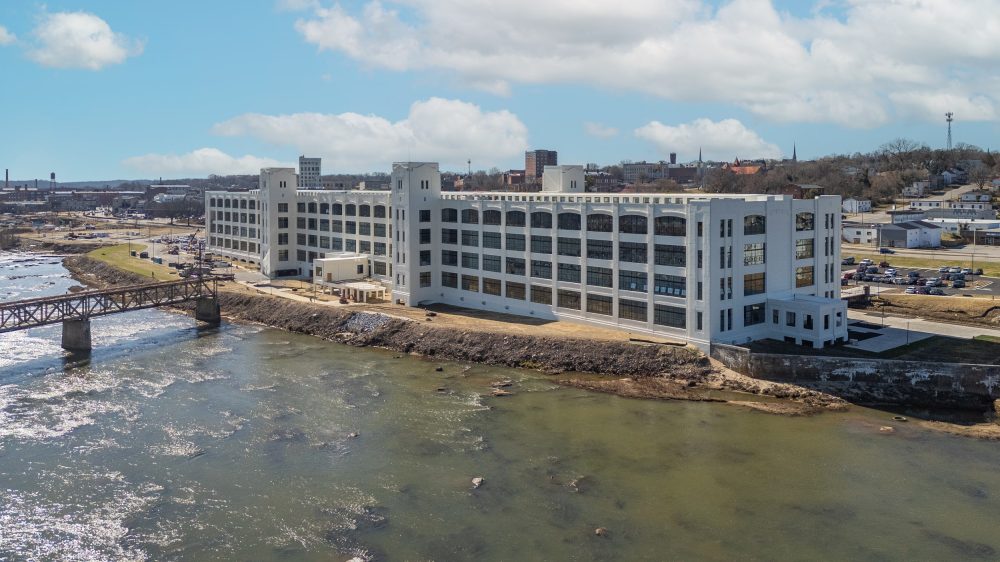Everyone in Danville, Virginia, knows about the Dan River Mills.
How it dominated life in Danville as the largest textile firm in the South for many decades. How it employed over 14,000 people in a city of 40,000. How it struggled to survive as the industry moved toward cheaper, imported textiles.
How it finally closed in 2006, delivering a heavy blow to Danville’s economy.
“Dan River Mills existed in Danville for over 100 years,” said Ken Larking, Danville city manager. “You don’t have a business that employs 14,000 people that doesn’t have an outlandish impact.”
Now, everybody in Danville knows where the mills used to be. The giant, empty White Mill on the river is hard to miss. The Schoolfield mill district only recently saw the demolition of its finishing plant.
And several other sites in Danville bear the physical reminder of what was once a thriving industrial town.
“I think it did hurt the psyche of the community,” Larking said, “over the last two decades, seeing Schoolfield with a bunch of rubble and a large old building that was clearly blighted.”
Civic self-esteem has been one of the biggest obstacles for the city in its revitalization efforts, said Diana Schwartz, executive director of the River District Association in Danville.
“The community sustained massive loss through what happened at Dan River,” she said. “And seeing those empty buildings, psychologically, is a reminder of that loss constantly.”
Since the mill’s closure in 2006, the city has been trying to bolster the economy again. This included buying up the Dan River Mills properties with the hope that they could be transformed into something new.
And now, that investment is starting to pay off.
Click here to continue reading »
This article was originally published by Cardinal News.

